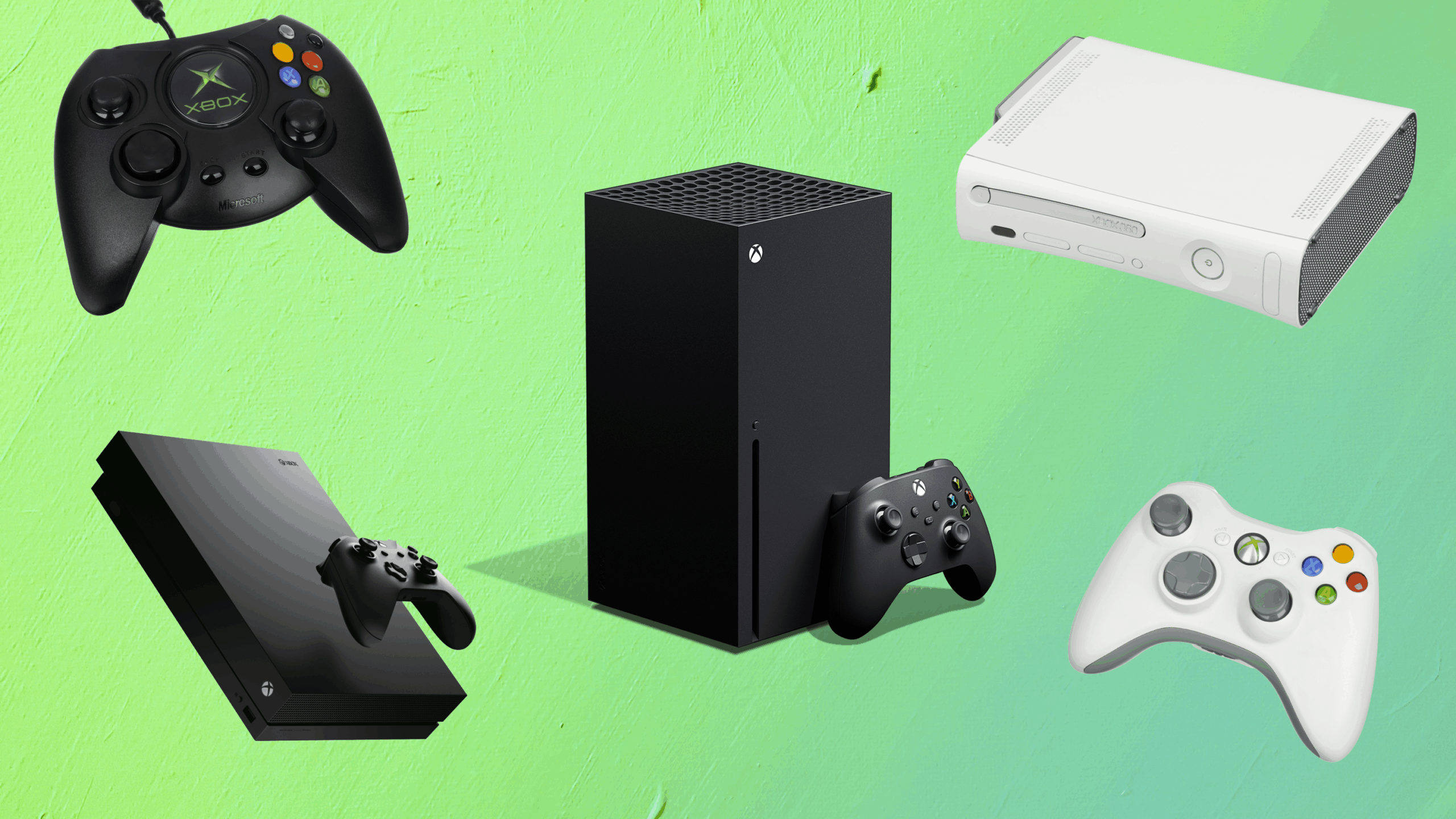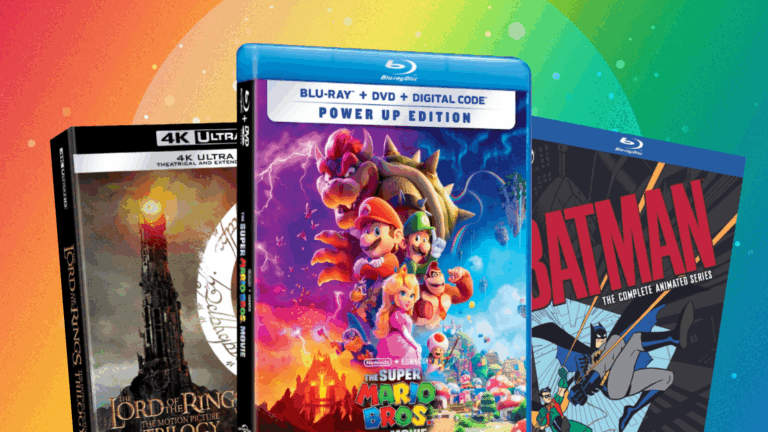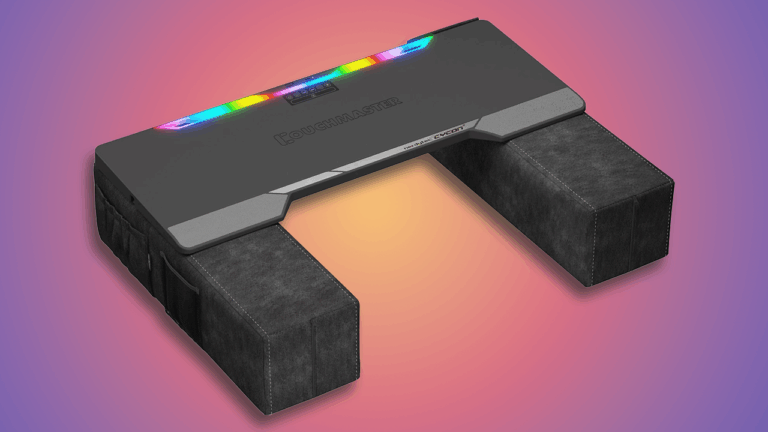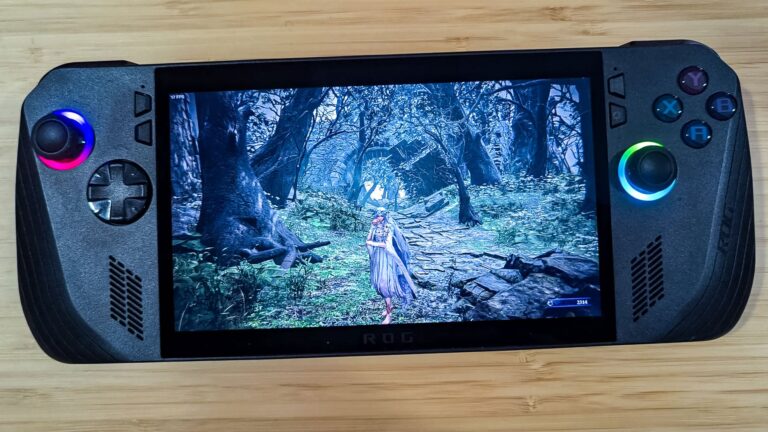
Introduction: The Evolution of Xbox
Since its debut in 2001, Xbox has established itself as a major player in the gaming console industry. From innovative hardware features to expansive multimedia capabilities, Microsoft’s Xbox brand has grown from an unknown newcomer into a household staple. Today, it offers a vast ecosystem that includes TV integration, streaming services, and the popular Xbox Game Pass subscription. With rumors swirling about a new handheld device and upcoming hardware, it’s the perfect moment to explore the rich history of Xbox consoles and their impact on gaming.
How Many Xbox Consoles Have Been Released?
In total, there have been nine different Xbox consoles, spanning across four generations. Each generation has introduced new hardware improvements, controller designs, and features. The list also includes various revisions and models designed to enhance performance and address issues like overheating or storage limitations.
A Complete Timeline of Xbox Consoles
Xbox – Launched November 15, 2001

The original Xbox marked Microsoft’s entry into the gaming console market, competing with Nintendo and Sony. Its launch title, Halo: Combat Evolved, became a defining game for the platform and helped establish the Xbox brand. The console’s powerful hardware for its time and exclusive titles laid the foundation for Microsoft’s future success in gaming.
Xbox 360 – Released November 22, 2005

The Xbox 360 solidified Microsoft’s presence in multiplayer gaming with an extensive library of online titles and the introduction of Xbox Live. It also pioneered motion controls with the launch of Kinect, allowing players to interact using body movement. With over 84 million units sold, it remains one of the most successful consoles in Xbox history, with many classic titles still enjoyed today.
Xbox 360 S – Released June 18, 2010
The Xbox 360 S introduced a sleeker, more compact design and addressed common overheating problems that plagued earlier models. It featured a redesigned internal cooling system and increased hard drive options, with models offering up to 320GB of storage. This revision marked a significant step in improving reliability and user experience.
Xbox 360 E – Launched June 10, 2013
The Xbox 360 E was the final iteration of the Xbox 360 line, designed to resemble the upcoming Xbox One in appearance. Its more angular, modern look and integrated disc drive marked the end of the classic external disc tray design. This model served as a bridge between the current and next-generation consoles.
Xbox One – Released November 22, 2013

The Xbox One represented a major leap forward with enhanced hardware capabilities and an emphasis on multimedia integration. It launched alongside Kinect 2.0, which introduced new ways of interaction. The redesigned controller improved comfort and responsiveness, features that continue to influence Xbox controllers today. The Xbox One became a versatile entertainment hub for millions of gamers worldwide.
Xbox One S – Released August 2, 2016

The Xbox One S was the first console in the series to support 4K video output and Ultra HD Blu-ray playback, transforming the Xbox into a complete home entertainment system. Its smaller, more streamlined design made it easier to fit into entertainment centers. Upscaling games to 4K resolution became a key feature, enhancing visual clarity on compatible displays.
Xbox One X – Released November 7, 2017

The Xbox One X was a milestone, delivering true 4K gaming with significant hardware improvements. It boasted a 31% increase in GPU performance over the original Xbox One and introduced advanced cooling solutions to manage the increased heat. It supported popular titles like Halo 5, Cyberpunk 2077, and Forza Horizon 4, providing a premium experience for high-end gaming enthusiasts.
Xbox Series X – Launched November 10, 2020

The Xbox Series X is Microsoft’s flagship console, designed to deliver cutting-edge performance with support for up to 120 frames per second, Dolby Vision, and improved ray tracing. Its Quick Resume feature allows players to switch seamlessly between multiple titles. The Series X continues to set the standard for next-generation gaming hardware.
Xbox Series S – Released November 10, 2020

The more affordable Xbox Series S offers a digital-only experience, with 512GB of storage and up to 1440p resolution. Priced at just $299, it provides a great entry point into the Xbox ecosystem and supports next-gen features in a compact form. In 2023, a 1TB version was introduced, offering more storage for gamers.
What’s Next for Xbox?
Microsoft is actively developing new hardware, including at least two upcoming consoles: a next-generation Xbox and a handheld gaming device. Rumored to be similar in design to the existing Xbox Ally and Ally X, these handhelds will feature the latest AMD Ryzen AI Z2 Extreme APU and are expected to hit the market during the upcoming holiday season. Additionally, the next flagship Xbox console promises to deliver “the largest technical leap in hardware generation history,” hinting at revolutionary advancements on the horizon.













